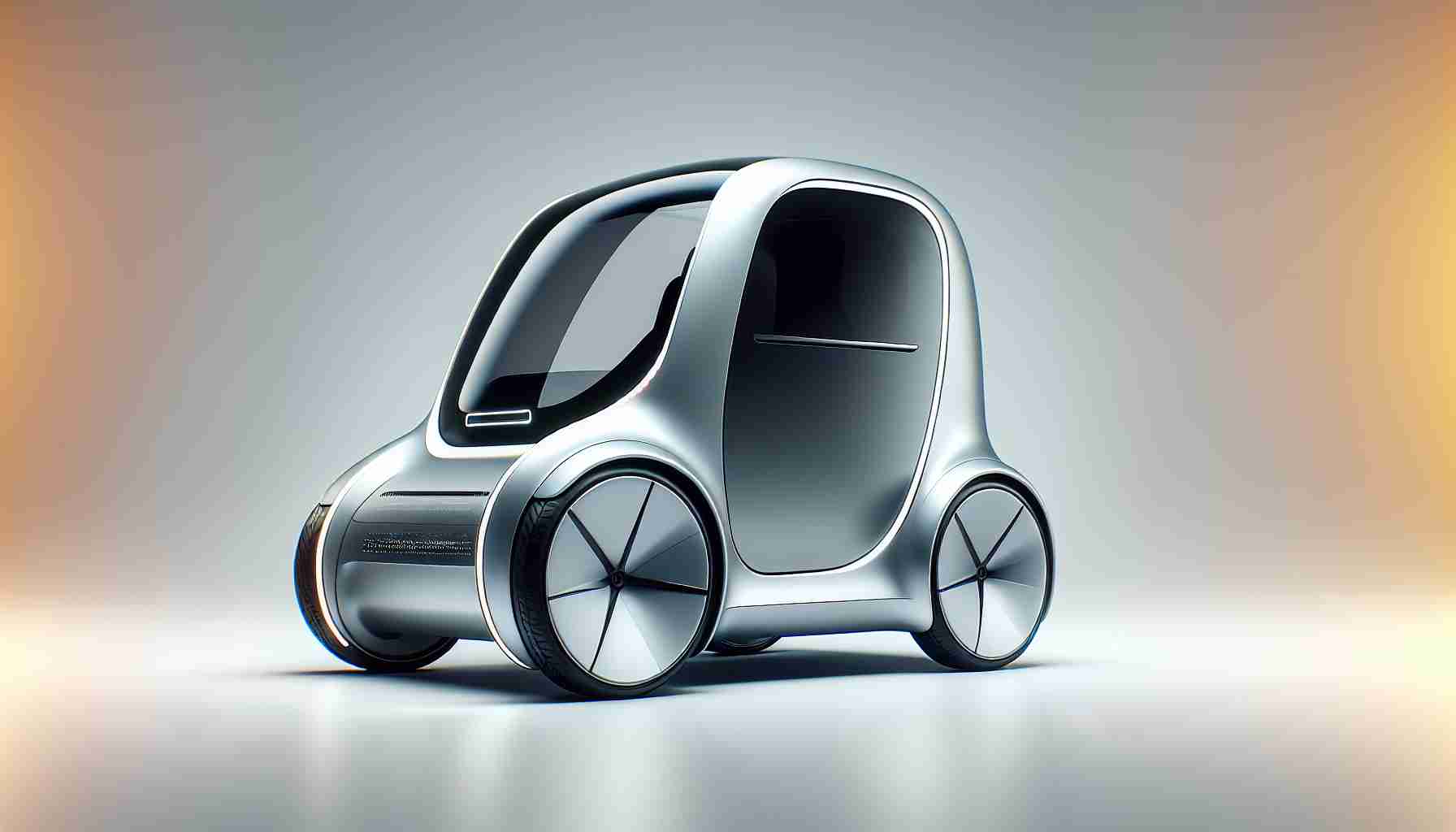Tesla’s CEO, Elon Musk, unveiled an advanced prototype of the much-anticipated robotaxi during a recent event held at Warner Bros Studios in Burbank, California. Dubbed the “Cybercab,” this cutting-edge vehicle features a sleek design reminiscent of the Cybertruck, completely eliminating traditional driving controls like the steering wheel and pedals.
Musk shared insights about Tesla’s ambitions, mentioning plans to commence production of the Cybercab as early as 2026, though he acknowledged a tendency for optimism in his timelines. The unveiling event drew attention as attendees observed the futuristic vehicle firsthand.
Earlier this year, Tesla integrated a ridesharing feature into its app, paving the way for the upcoming robotaxi service. Musk outlined an exciting prospect for Tesla owners, stating they could potentially recover their initial investment by utilizing the robotaxi for autonomous rides when not in personal use.
While Tesla already manufactures vehicles equipped with advanced self-driving technologies, drivers are currently required to remain in control. The company’s extensive experience in automation positions it strongly for the challenge of launching a fully operational robotaxi service. However, regulatory approval will be vital to ensure the vehicle’s safe deployment on public roads.
In this competitive landscape, Tesla faces rivals like Waymo, known for its autonomous passenger services, and Cruise, which is cautiously resuming operations after past challenges.
Tesla Unveils Innovative Robotaxi Concept: What We Need to Know
In a bold move to redefine urban transportation, Tesla has recently revealed its innovative robotaxi concept, known as the “Cybercab,” at Warner Bros Studios in Burbank, California. This futuristic vehicle emphasizes Tesla’s commitment to autonomous driving technology and represents a significant step in the evolution of ridesharing services. However, the unveiling also raises important questions regarding practicality, safety, and competition in the burgeoning autonomous taxi market.
Key Questions Addressed:
1. What distinguishes the Cybercab from existing Tesla vehicles?
The Cybercab completely eliminates the traditional driving controls, including steering wheels and pedals, signaling Tesla’s vision for a fully autonomous transport mode. This design focuses on user experience, with passenger comfort and convenience as priority considerations.
2. How does Tesla plan to handle regulatory challenges?
Tesla’s strategy includes working closely with regulatory bodies to ensure compliance and safety standards are met before launching the Cybercab. The company is leveraging its past successes and existing technology to advocate for changes in legislation that would facilitate the widespread use of autonomous vehicles.
3. What is the timeline for commercial deployment?
While Elon Musk mentioned a potential production start in 2026, the timeline may realistically shift based on regulatory progress and technological advancements. Past predictions have experienced any number of delays due to safety protocols and system testing.
Challenges and Controversies:
The development of the Cybercab is not without challenges. One critical issue is public trust and safety. Autonomous vehicles must demonstrate they can operate safely in diverse urban environments, which involves rigorous testing and a perfecting process to handle various driving scenarios.
Additionally, there are ethical concerns related to liability in accidents. A scenario whereby a robotaxi is involved in a collision leads to questions about responsibility—whether it falls to Tesla, the vehicle, or another party.
Advantages of the Tesla Robotaxi:
1. Cost Efficiency: The potential for owners to generate income through ridesharing, using their Cybercab when not in personal use, is a significant financial incentive.
2. Sustainability: Tesla vehicles operate on electric power, aligning with global efforts to reduce carbon emissions and promote sustainable transportation.
3. Convenience: Passengers will enjoy a more seamless experience without the need for a human driver, increasing the ease of mobility, particularly in urban settings.
Disadvantages of the Tesla Robotaxi:
1. Technical Limitations: The current technology may face difficulties in unpredictable real-world scenarios, such as extreme weather or complex traffic situations.
2. Public Perception: Overcoming skepticism about safety and the technology’s reliability is essential for wider consumer acceptance.
3. Regulatory Hurdles: Navigating the complex regulatory landscape for autonomous vehicles remains a substantial barrier that could delay deployment.
As Tesla pushes forward with its robotaxi initiative, it must consider both the technology’s potential and the varying challenges it faces in a competitive market filled with established players like Waymo and Cruise, as well as new entrants looking to capture a share of the future of urban transport.
For further updates on Tesla’s advancements and policies concerning electric and autonomous vehicles, visit Tesla’s official website.









